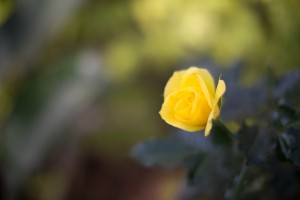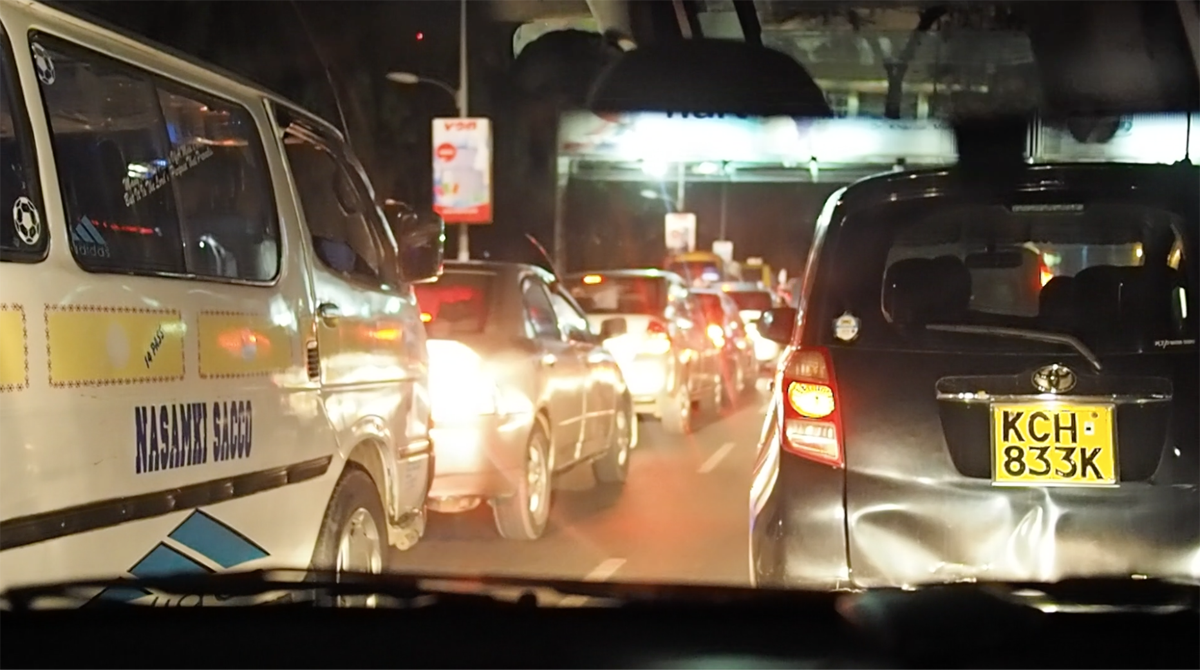In my recent excursions making contacts, I’ve encountered two infamous African stereotypes and found them to be simultaneously very true and also more nuanced than one would expect.
The first is the stereotype that African governments are stagnated by corruption and petty grandstanding. Because I will be filming in several national parks of Kenya and Tanzania, a significant part of the logistical process is acquiring film permits. My contacts at KG Mountain Expeditions were able to smooth over the process with the Kenya Wildlife Service and help get much of the fee waived, but the Tanzania National Park Authority (TANAPA) proved to be more tricky. There’s a lengthy application intended to suck large media companies like National Geographic and the BBC for all their worth (Kilimanjaro is a major revenue source for Tanzania). A tiny student production like mine shouldn’t even register, but I still had to go through the same process, which involved numerous trips deep into downtown Nairobi to visit the Tanzanian High Commission high in a dilapidated skyscraper to try and convince them not to charge me thousands of dollars that I don’t have.
At one point, they rejected my application at a cursory glance because I addressed a cover letter “To whom it may concern” instead of “To the Tanzanian High Commission in Nairobi,” despite having their exact address in the top corner. They wouldn’t even look at the rest of the application; they seemed to think that I was being arrogant and disrespectful. It was such a petty detail that I almost lost my temper before remembering that my whole film depending on not offending this particular secretary, so I humbly retreated and fought my way back through the smog and dust of downtown to change 5 words on a new 15-page form. Considering it takes up to two hours of standstill traffic to get into town, I had plenty of time to stew. After two more infuriating visits and several pleading phone calls, I finally walked out with a single piece of paper bearing their light purple stamp of approval, my ticket to Tanzania. The process depended on groveling to the sort of compensatory grandiosity that plagues African bureaucracy.
The second stereotype: Kenyan time. Somehow being raised in Africa didn’t free me from the impeccable time-keeping of Western culture. I’m always 10 minutes early to any event or meeting, lateness being the most grievous of offenses.
But in Kenya, you arrive when you arrive and you’re done when you’re done. Specific times that you might agree upon are pure formality. My first encounter with this phenomenon was when I visited a contact named John Githae, a long-time rescue ranger on Mt. Kenya who now operated a ropes course on the outskirts of Nairobi. We had agreed via email that I would drive up for a few hours to meet and interview John about his time on the mountain. As I should have expected, this turned into a 10-hour visit punctuated by two two-breaks, a hardy lunch of goat meat, a ropes course experience, lengthy introductions to every employee of the facility, and more than anything, stories. I managed a brief interview 30 minutes before I left at 6 PM.

Checking out the ropes course with John
The second time I visited John I had agreed to photograph a group event he was hosting in an effort to foster the relationship between us. I foolishly showed up at 10:30 AM for an 11 o’clock group, and stayed until they finally trickled in at 3 PM.
Yet the most impressive implementation of Kenyan temporal relativity occurred a few days ago when I arranged to meet a woman named Connie at her home in a wealthy suburb of Nairobi. Connie’s son had died in a tragic accident on Mt. Kenya from altitude sickness. She had graciously agreed to tell me the story and to discuss how to raise safety standards on the mountain. I arrived at 3 PM and received a call that would be a bit late. No worries, I said, and sat down to practice Swahili with her gardener John until she arrived at her own home three hours later. She was mildly apologetic but generally unbothered by the whole affair. Of course, the light for filming was gone at that point, but she insisted I stay for dinner, tea, and conversation late into the night.
It turns out that in Africa, personality is more important than punctuality, and relationships more important than efficiency. Connie and John were interested in my project, but they were much more interested in me. They wanted to be friends first, associates second. Even at the Tanzanian High Commission, there was an implicit camaraderie necessary to proceed. Any sign of disrespect would grind progress to a halt. Africans are unfailingly gracious and welcoming as long as you reciprocate their openness. In the process of creating this film, I will need to learn, most of all, to slow down a bit and know people.
I returned to Connie’s house this Monday to complete the interview. Ironically, I got dreadfully lost in south Nairobi and arrived an hour late. She didn’t mind.













